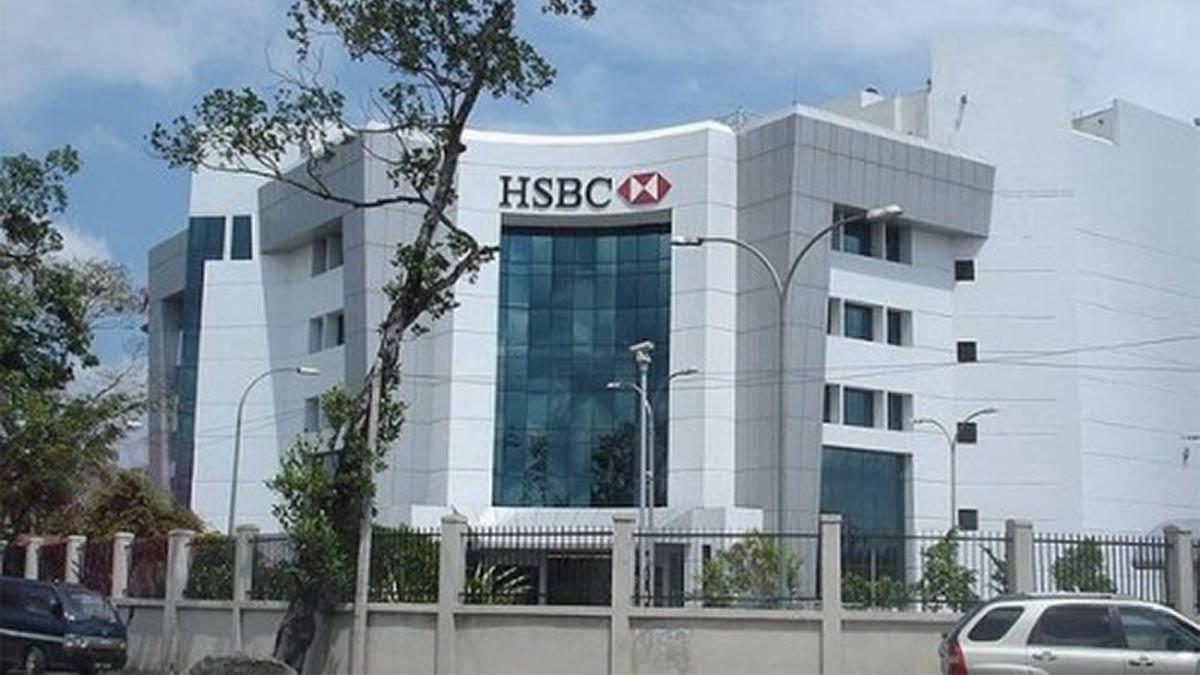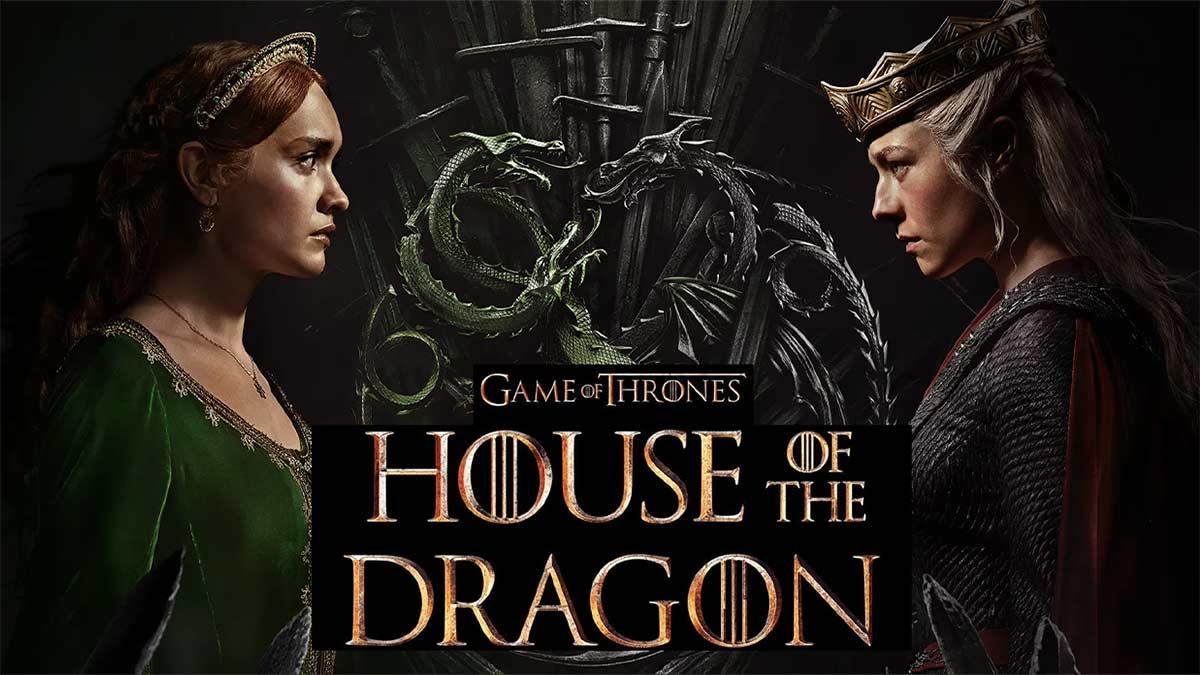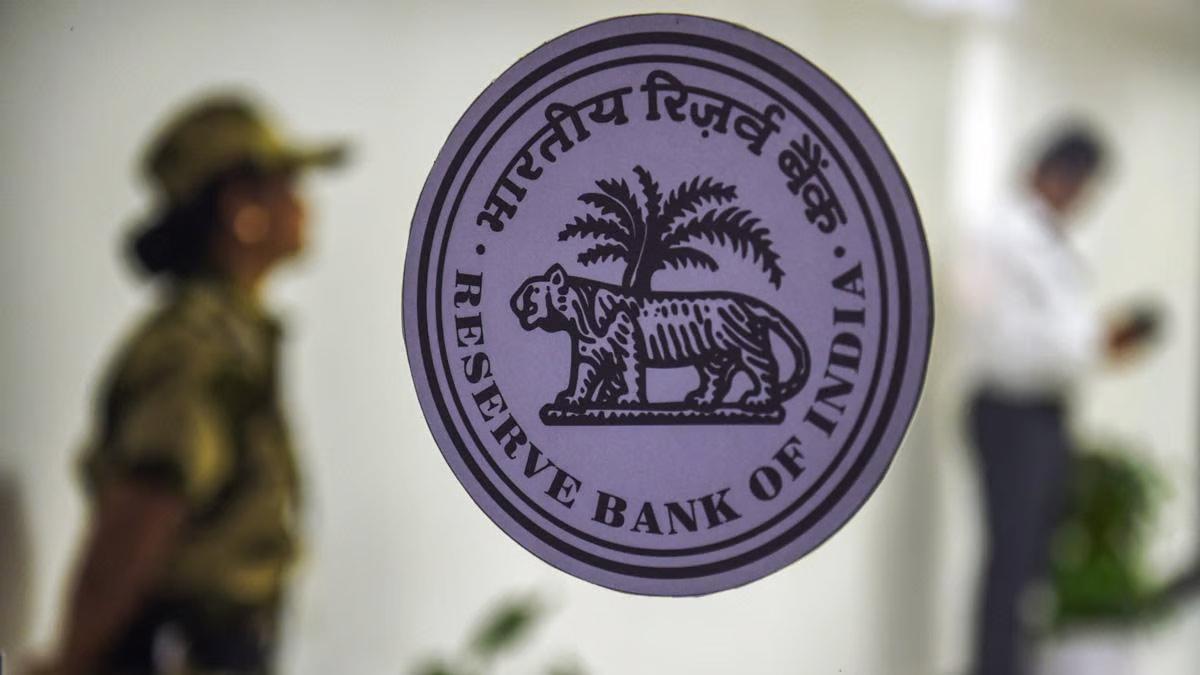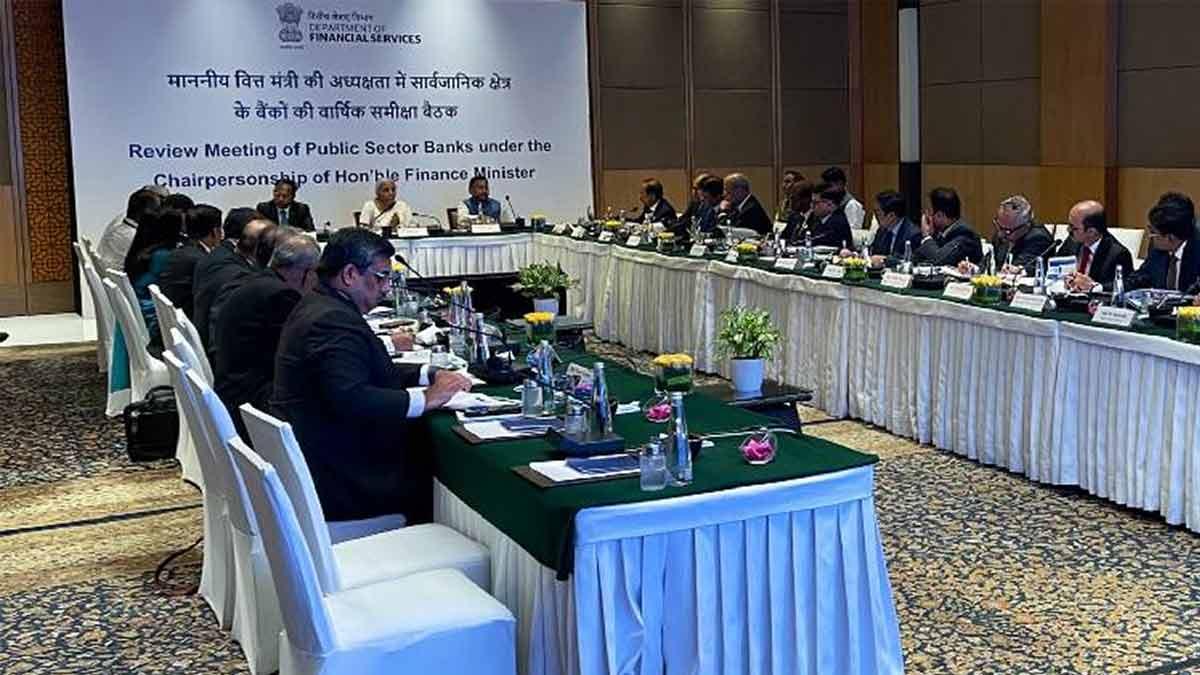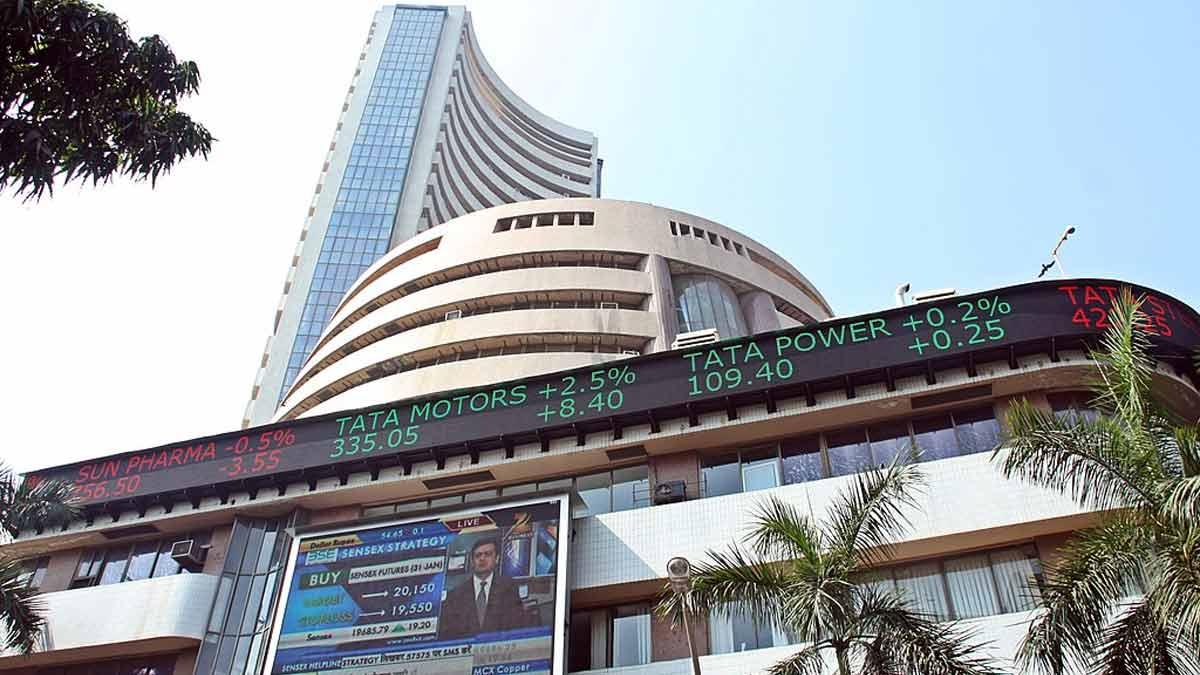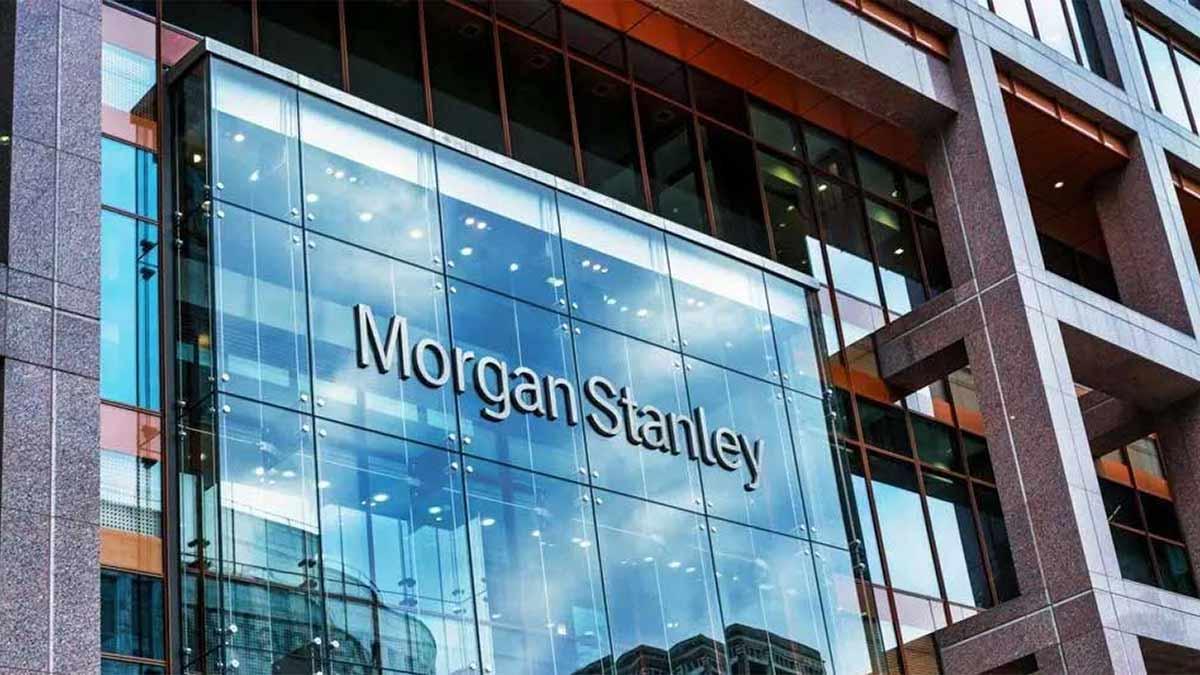India's services industry remained in strong growth mode during March, as the HSBC PMI Index recorded a reading of 58.5, well over its long-run average of 54.2. But this reading was down marginally from February's 59, according to data published on Friday.
Meanwhile, the HSBC India Composite PMI Output Index rose to a seven-month high of 59.5, from February's 58.8, as another month of strong growth was recorded.
It should be remembered that in the HSBC PMI Index, the 50.0 level is the dividing line between growth and contraction.
Demand Trends and Business Sentiment
"Domestic and international demand were still robust in March, though slightly lower than in the previous month," said Pranjul Bhandari, HSBC's Chief India Economist.
In the future, she added that while business sentiment is still generally upbeat, increased competition is a big challenge for most firms covered.
In terms of sectoral trends, there was a widespread pickup in sales and business activity, led by finance and insurance, and seconded by consumer services. While underlying figures were to indicate the moderation in total new business expansion being mostly based on declining overseas sales.
New foreign orders rose at their weakest pace in 15 months as increased competition and softening cost pressures caused restrained inflation in service fees. Output prices hardened at their weakest pace in three-and-a-half years. Competition was mentioned as the main factor limiting output expansion and pricing ability by most participants in the survey.
Hiring and Inflationary Trends
Services sector job growth was trimmed in March. While employment remained in excess of the long-run trend, it was at its weakest pace in almost a year. A number of companies said they had adequate capacity to cope with existing business needs, and backlogs among service providers only rose marginally.
Domestic demand remained a strong driver, and new business orders recorded robust expansion. Yet the growth pace lost a bit of momentum from February.
Foreign demand faltered, as international orders expanded at their weakest rate in more than one year, generating concern regarding external fragilities, especially in response to U.S. President Donald Trump's new tariff policies announced recently.
On the inflation side, input cost inflation accelerated at its weakest five-month pace, which, with stiff competition in the market, saw output prices rising at their weakest rate since September 2021, HSBC said.
Read also| India Ranks 2nd in Global Unicorn Creation, Total Valuation Exceeds $220 Billion

